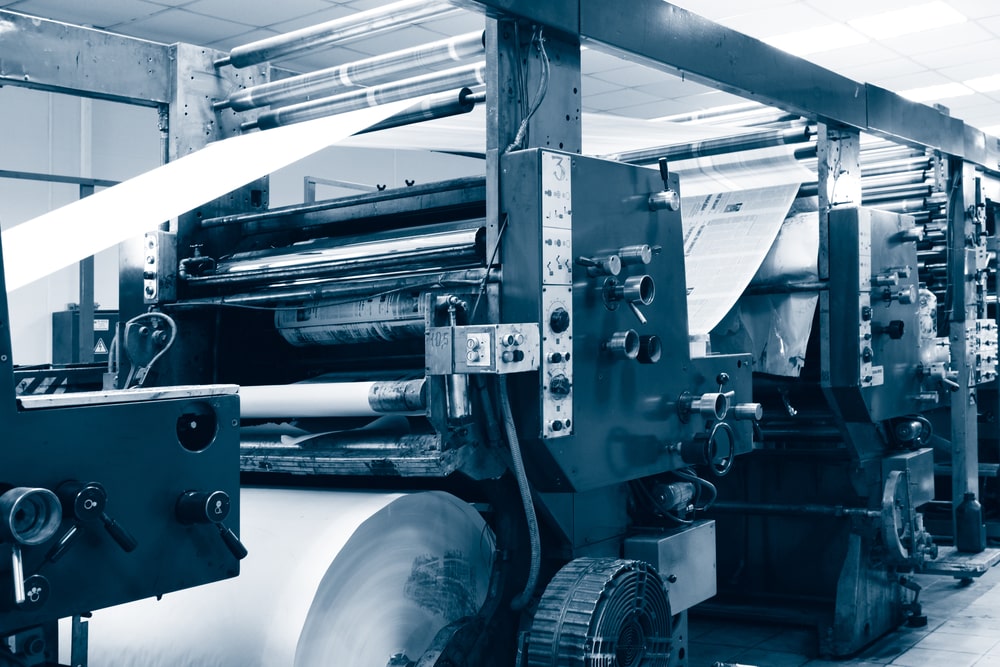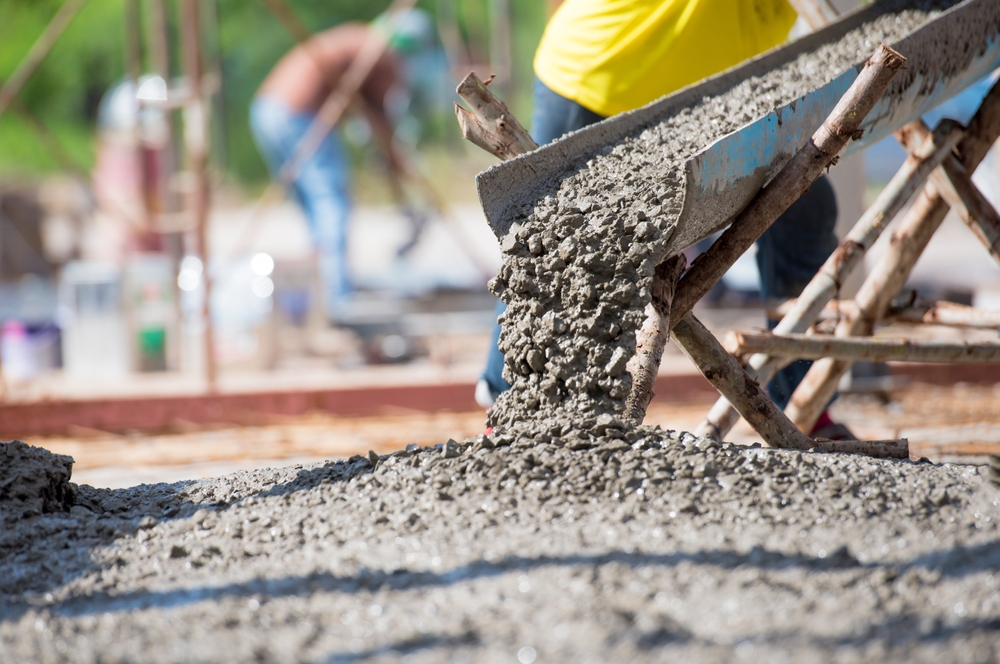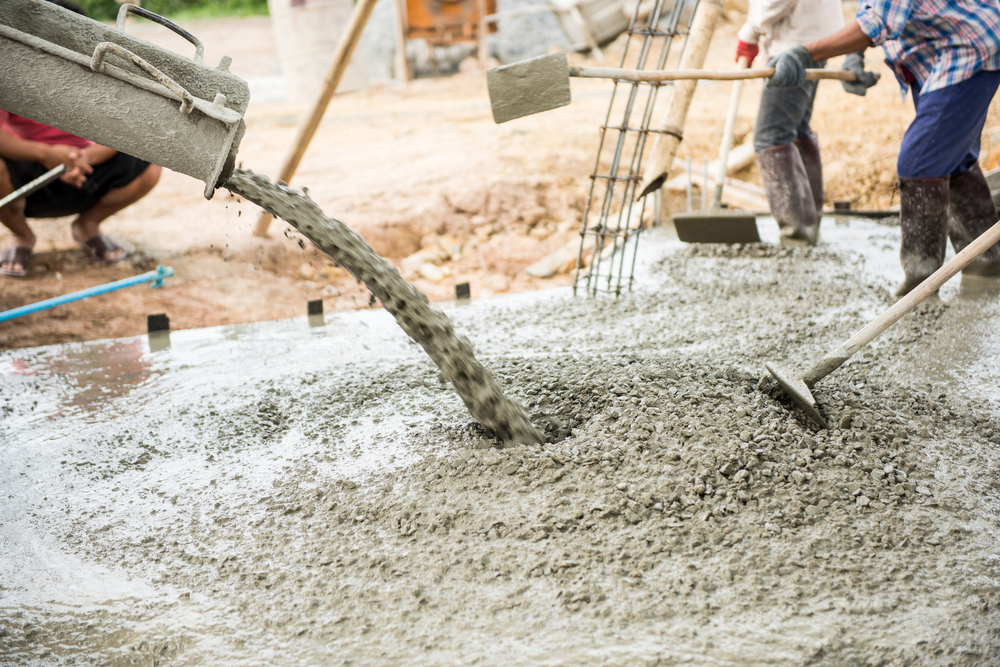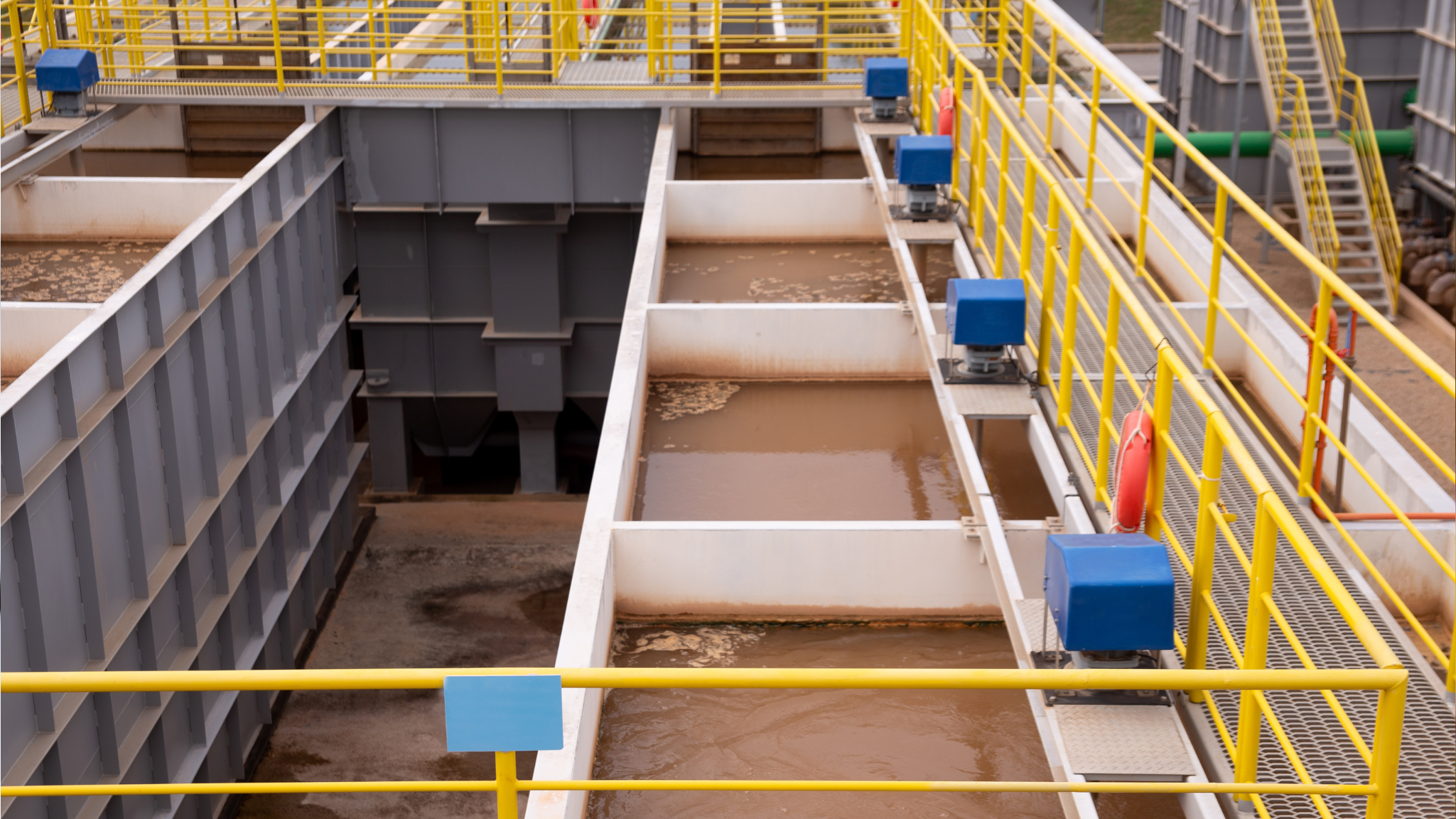It is the high-speed era of papermaking, and the term “polymer” is significant. It is not a trivial decision when selecting the polymer to employ in paper machines but is squarely essential to guide productivity, cost savings, and paper quality. This article explains in-depth why polymer choice in papermaking, in the case of high-speed machines, is indisputable.
Table of Contents
- Enhancing Retention and Drainage
- Maximizing Machine Runnability and Production Speed
- Economic and Environmental Benefits
- Maximizing Chemical Performance: Synergy & Interaction
- Polymer Chemistry Adjustment to Provide Types
- Issues and Nuances of Polymer Utilization
- Best Practice When Choosing Polymers
- Conclusion
1. Enhancing Retention and Drainage: Pillars of Efficiency
Shear and drainage affect high-speed paper machines. In such a scenario, the appropriate polymer used as a retention aid does the following:
- Enhances retention of filler and fines: Soluble polymer flocculants help to retain fiber, mineral filler, and small particulate material, which would otherwise pass on to the white water and drainage system. This is necessary for material and cost savings, e.g., retention of costly pigments like titanium dioxide or clay.
- Enhance drainage: Effective dewatering prevents the machine from running slowly and reduces steam consumption in the dry end.
Polymers like UCARFLOC™ (polyethylene oxide-based) are very effective, enhancing first-pass retention, enhancing effluent recyclability, conserving steam, and improving runnability.
2. Maximizing Machine Runnability and Production Speed
The correctly selected polymers may enhance a paper machine run:
- Dewatering increases and reduces the cling of fines in the forming section, allowing significant runnability and line speed improvements on high-speed machines.
- Fewer deposits: Proper retention aid utilization avoids deposition on dryer cans, felts, and forming fabrics, avoiding breaks, downtime, and quality defects.
3. Economic and Environmental Benefits
There are clear economic and environmental advantages of selective use of polymers:
- Less use of chemicals: Better retention reduces costly additive (fillers, sizing agents) usage lost to white water.
- Treatment of effluent and wastewater: Better retention reduces suspended solids and additive load on system water, allowing for easier treatment of wastewater and reduced sludge to handle.
- Energy saving: Better drainage saves steam consumption in the dryer section, lowering energy requirements.
4. Maximizing Chemical Performance: Synergy & Interaction
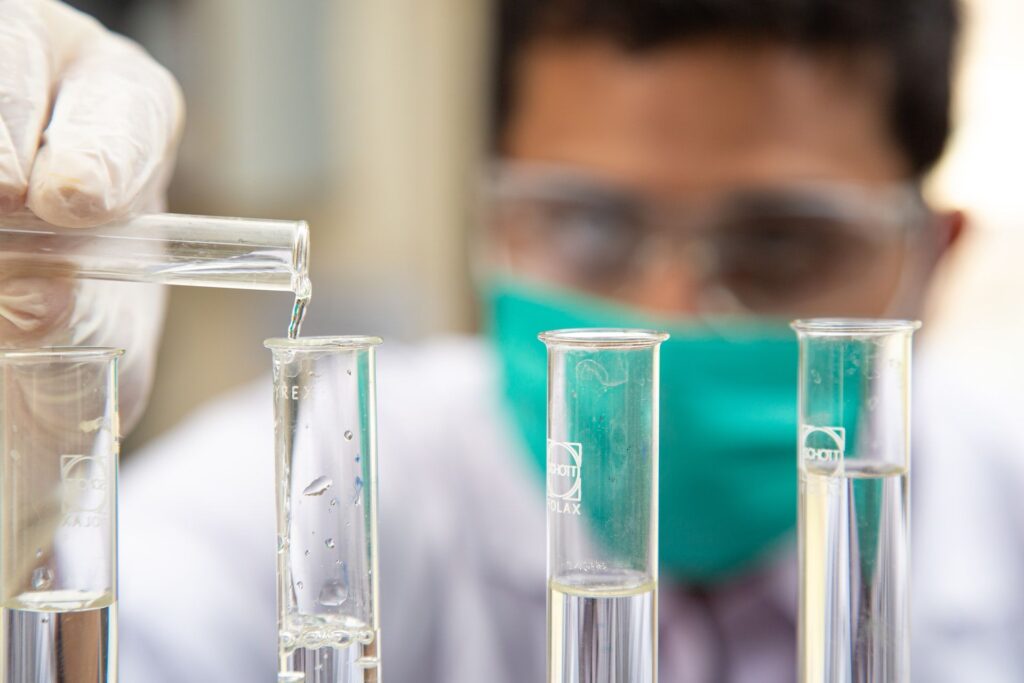
Polymers selection is not retention alone but also maximization of other wet-end chemical performance:
- Synergistic systems: Two-polymer systems a cationic polymer and polyethylene oxide are used to optimize retention and drainage in challenging furnish conditions.
- Charge density matters: Charge balance has an influence on polymer adsorption, bridging, and retention performance. Low-charge cPAMs can be superior in performance to high-charge equivalents depending on system chemistry.
- Coordination with sizing agents and fillers: Polymers trigger sizing agents and wet-end additives through binding them to fibers in an early step, intensifying their activity and conserving wastage.
5. Polymer Chemistry Adjustment to Provide Types
Paper furnish and machine conditions differ, since they should not differ when polymers are chosen:
- Cationic polyacrylamide (cPAM) is a common retention aid and is often copolymerized with monomers like methacryloyloxyethyl trimethylammonium chloride.
- Nonionic polyethylene oxide (PEO) is appropriate in anionically high conditions or recycling and filled furnish.
- Natural polymers (starch, chitosan) are inexpensive and renewable but generally must undergo chemical modification (e.g., cationic level adjusted) to be feasible on a performance basis.
6. Issues and Nuances of Polymer Utilization
Ideal polymers selection and utilization also require compromises:
- High shear in high-speed equipment has the capacity to break up “hard flocs” induced by polymer bridges; drainage quality can be more a function of electrokinetic “soft floc” behavior.
- Conformational transition in the adsorbed state: Polymers adsorb in 3D conformations, equilibrating very fast; charge neutralization theory does not necessarily provide predictive capability for retention performance.
- Risks of overuse: Excessive polymer dosage can lead to inadequate drainage, slowed forming, and reduced compliance in the system.
- Filler self-agglomeration: Inadequate dosage or polymer type can produce filler clustering that impacts paper optical characteristics such as brightness.
7. Best Practice When Choosing Polymers
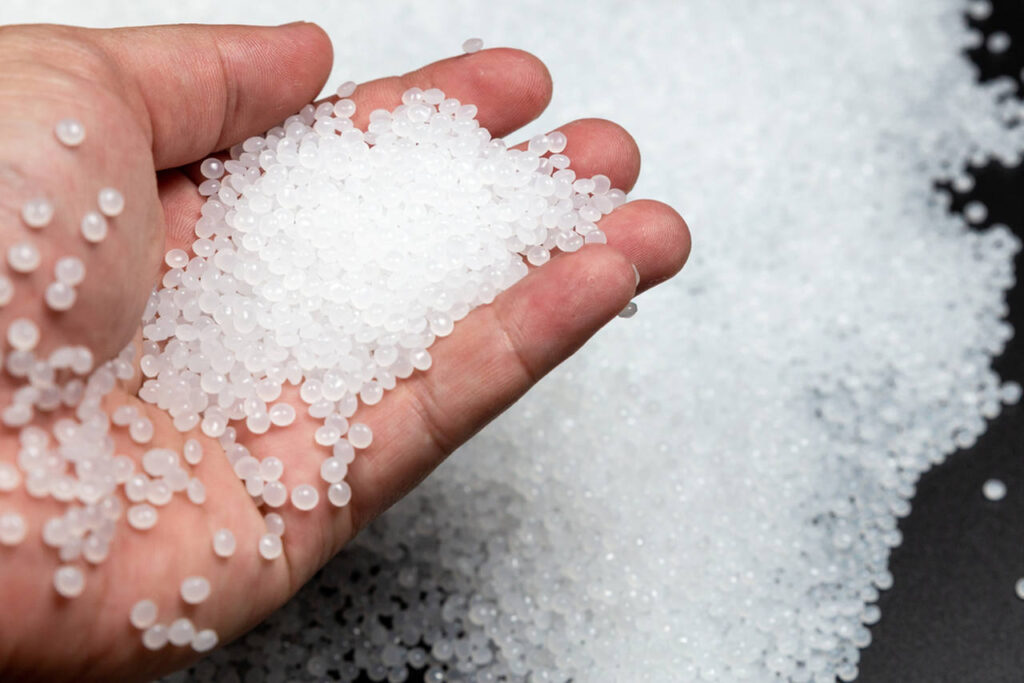
To achieve polymers’ full potential on high-speed machines, adopt the following practices:
- Check furnish and machine conditions; know fiber and filler types, pH, water chemistry, and machine speed.
- Choose polymer type judiciously balanced trade-offs between cationic, anionic, nonionic, or dual-system polymers.
- Optimize molecular weight and charge density to obtain a balance of bridging, floc strength, and shear resistance balance.
- Conduct dosage trials to establish optimum levels for retention, drainage, runnability, and paper quality.
- Monitor performance and track first-pass retention, drainage rate, energy consumption, machine runnability, and paper uniformity.
- Adjust dynamically to be responsive to furnace changes, machine speed, or system water chemistry.
Conclusion
Polymers selection is no longer a commodity but a cost-saver, performance, and sustainability platform of today’s papermaking. Polymers used on high-speed press paper machines need to have excellent retention, a high drainage rate, and runnability along with the ability to retain other chemicals, conserve resources, and contribute to paper quality. Mills can achieve ultimate efficiency, energy savings, and product uniformity gain if they familiarize themselves with the science of polymers and mix it with the furnish and machine conditions.

